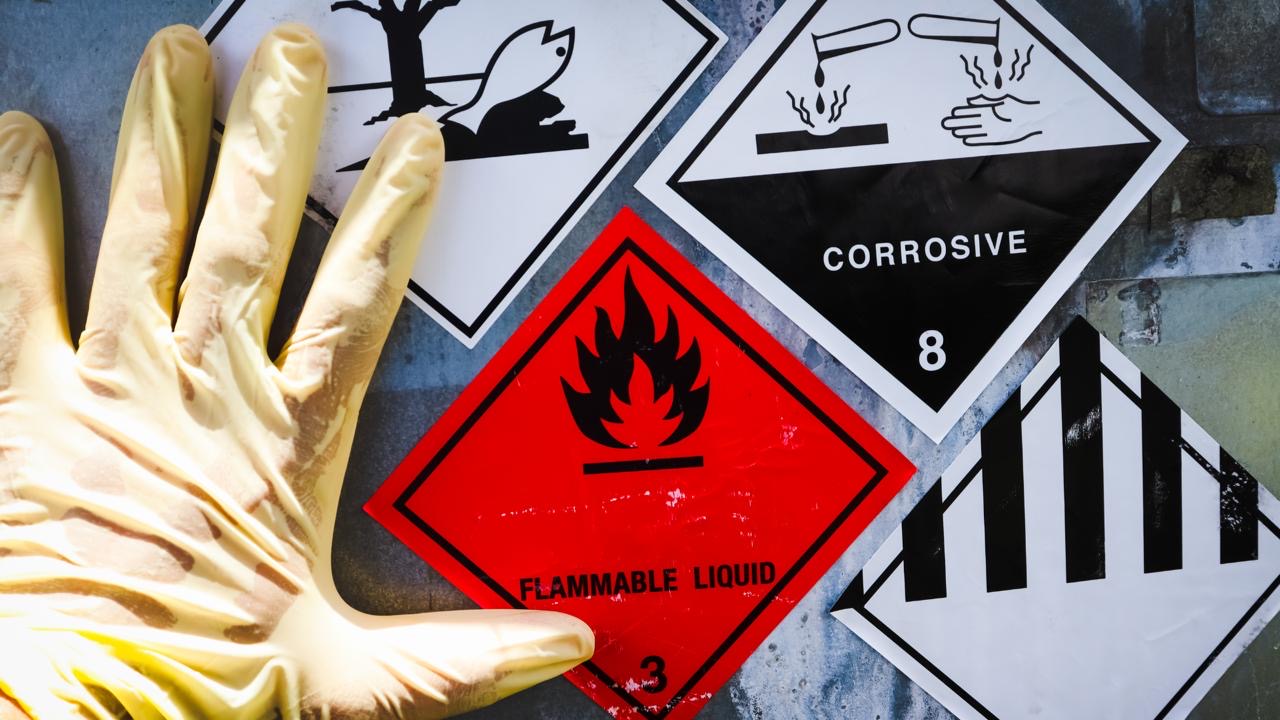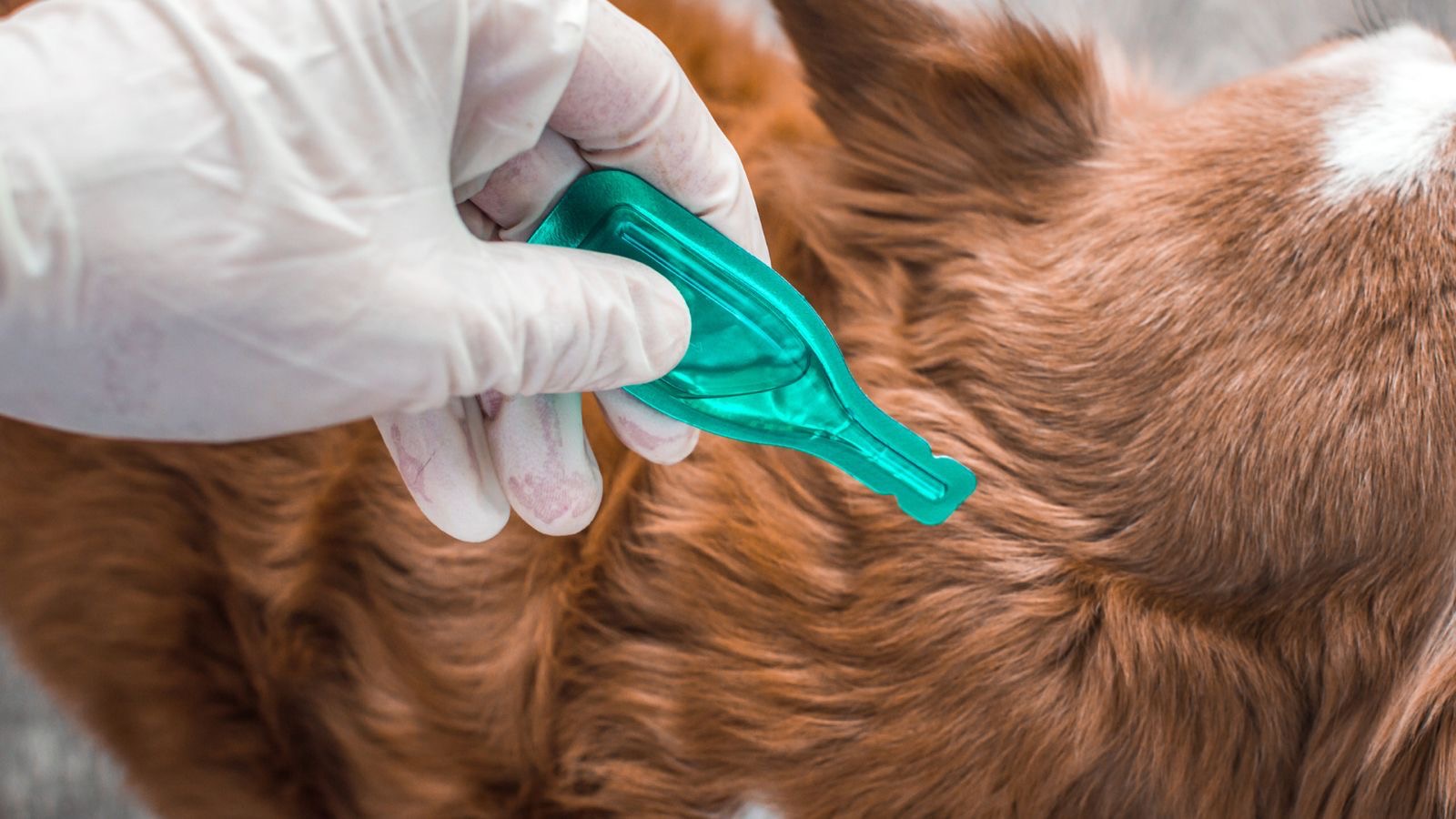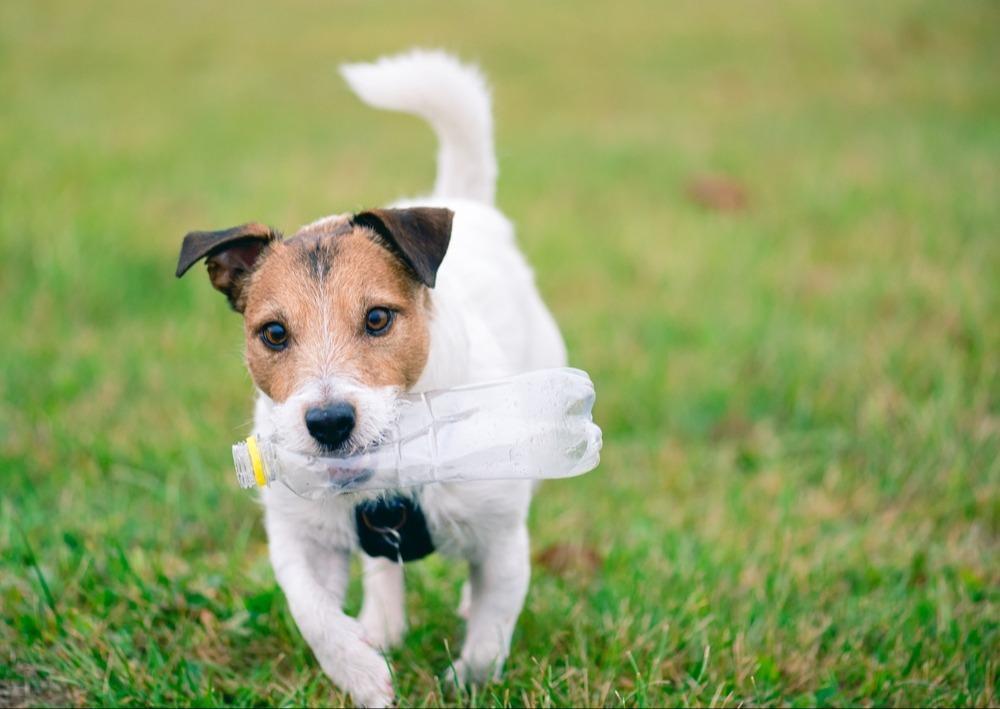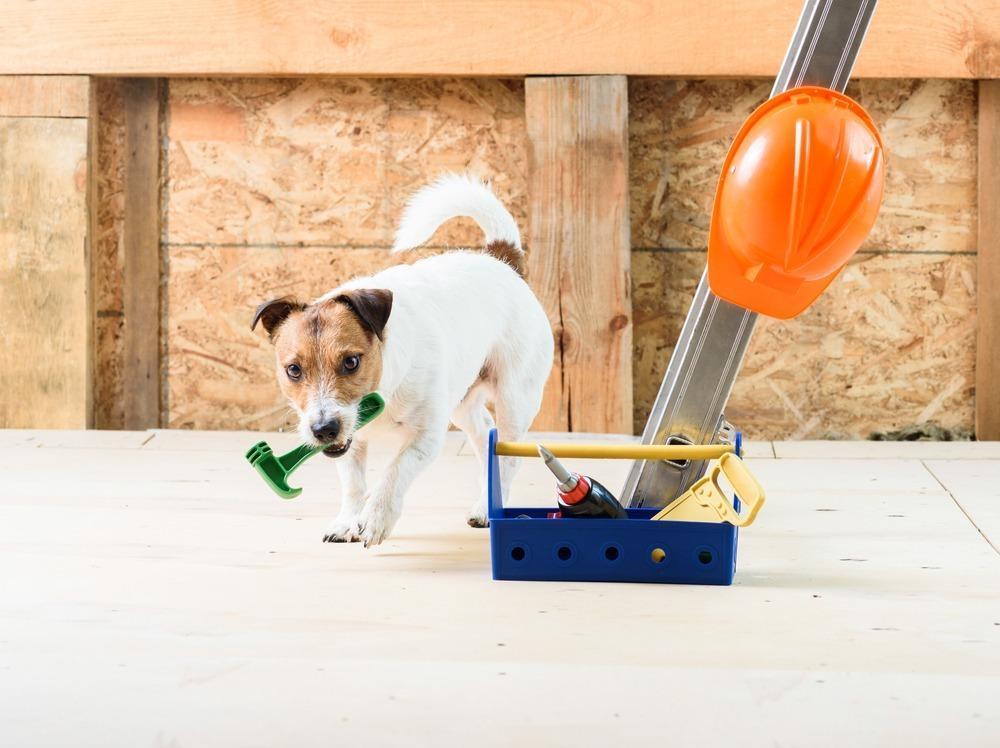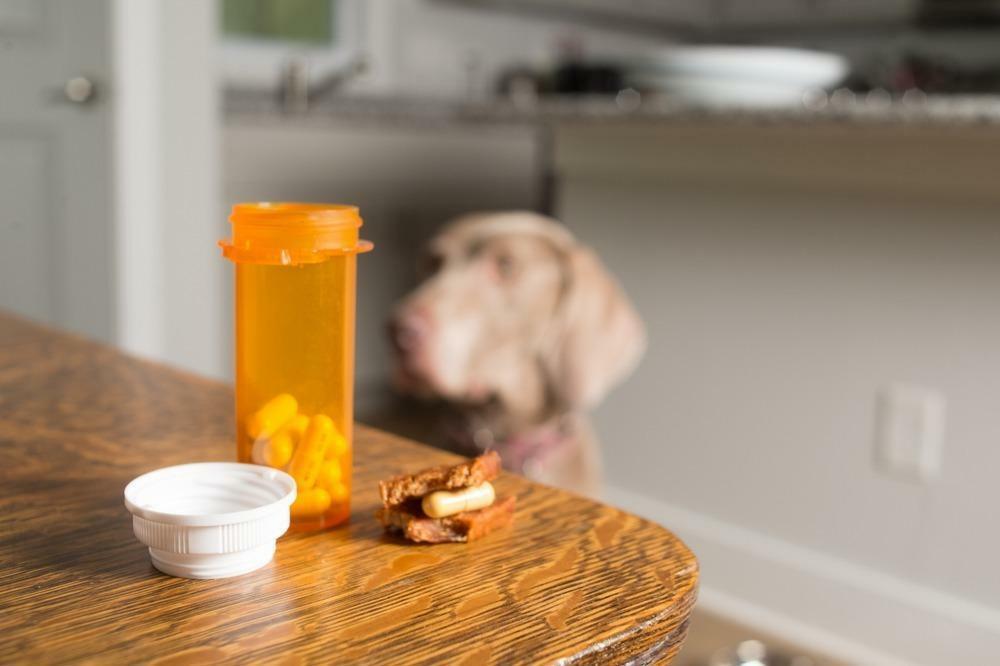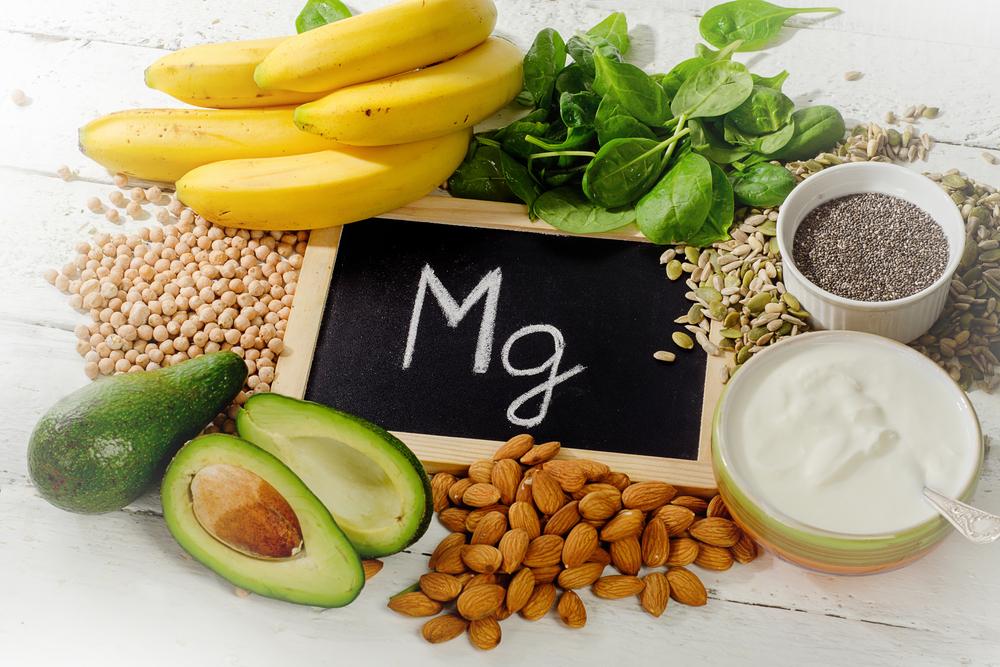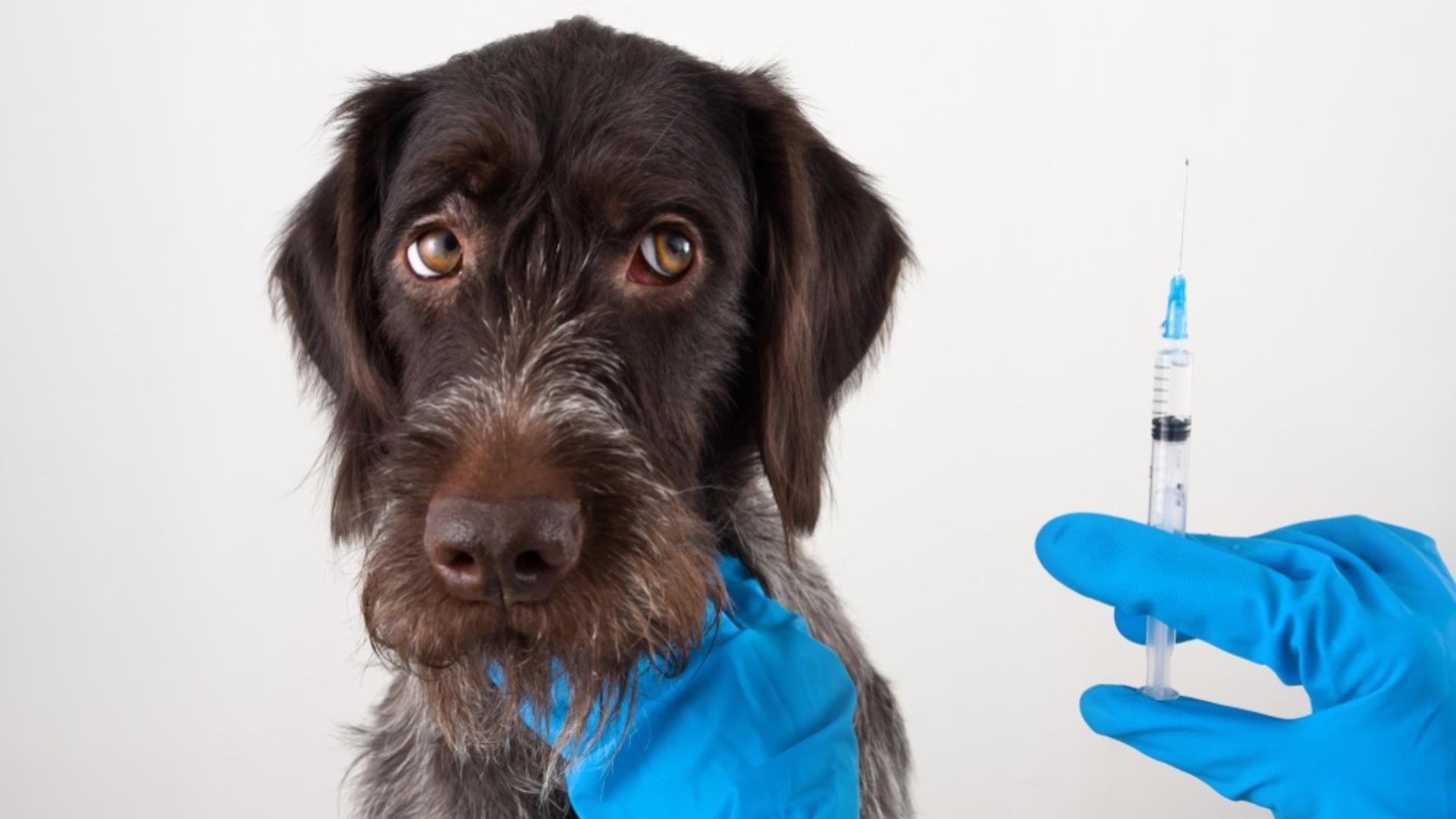When we talk about toxins at My Pet Nutritionist, we are talking about flea and tick treatments, worming and even households chemicals.
The extra sprays of air-freshener, the over-powering smell of disinfectants and most things in the home being wiped with fabric softener. In a pet-free home, as a grown adult, it’s entirely your choice what you expose yourself to and if you want your home smelling like that, then go for it! But when you make the decision to care for a pet, who can’t tell you when they are feeling nauseous or have a headache, you have to think a little more carefully.
How many of you go to a friend’s home and notice the sweet smell of their air freshener or carpet cleaner? But when you get home, you can’t smell your own? This is because we develop a tolerance – our homes may not smell strongly to us, but they may to our pets. Especially our dogs.
Dogs possess an extremely strong sense of smell. Which is why they have found themselves with some of the most impressive jobs in the world; some become medical detection dogs as they can detect minute changes in a person’s odour, signalling disease.
It is believed that a dog’s sense of smell is 10,000-100,000 times that of an average human. They could detect the equivalent of one drop of liquid in 20 Olympic sized swimming pools!
Findings here
So, even if we can’t detect a compound in our environment, it’s safe to say, our dog probably could.
Your dog is detecting volatile organic compounds (VOCs). Now, they detect these in cancer sweeps (different cancers will produce different VOCs), but most of us know of VOCs for the bad rap they have.
VOCs are chemicals that evaporate under normal atmospheric conditions (room temperature, low boiling point), compromising air quality.
It’s fairly obvious when you spill some fuel at the garage, or you’ve recently painted your kitchen. The odour is compounds in the air, that you breathe in and subsequently stimulate/inhibit your olfactory receptors.
Findings here
VOCs are found everywhere. They are released by many everyday items including:
- Cleaning Products – detergents, bleaches etc
- Air Fresheners
- Paints
- Deodorants/Perfumes
- Fabrics
- Rugs
- Vinyl flooring
- Wood Burners
- Cigarette Smoking
- Printers and photocopiers
This list is not exhaustive but covers the main culprits in most homes.
But why are they a problem?
Many VOCs have been proved as carcinogenic. That is, they are known to cause cancer. This largely depends on length of exposure, but it is still a risk.
Findings here
Many studies are showing the moderate to strong increase in respiratory distress or allergic effects of exposure to VOCs.
As you would expect, irritation of the eyes, nose and throat is regularly reported.
It stands to reason there would be an increase in allergies reported when exposed to certain VOCs.
How bad is it?
The health effects of a certain VOC will depend on its chemical nature and also the degree of exposure. Exposure can include ingestion, respiration and absorption through the skin. Here, we wondered whether a long-coated dog, or cat is any worse off? If the compounds stick to their coat? They are carrying the compound around with them. But we have not yet found any data to explore this query.
Consider that your pet will spend a good 20-23 hours a day in your home, accounting for a 1-2-hour walk or a prowl at night time. Obviously less if they attend day care or come to work with you. But that is a high level of exposure – you are likely out of the home for a much larger part of the day. Whether you work 8-10 hours, or you are part time and then nip to run errands.
In humans, it is clear that VOCs disrupt hormones and reproduction which subsequently affects the development of babies and children – it’s not a push to suggest this could happen with our pets, so it’s advised to be even more mindful with pregnant bitches, litters of puppies and when you bring your new puppy home!
Findings here
In an age where we want our homes grey and white and smelling of spring flowers all year round, we are inadvertently exposing our pets to some pretty harmful compounds.
So, what can we do about it
It’s not as hard as you’d think.
Firstly, if you are re-decorating, try to do so at times of the year where you can have windows and doors open to bring fresh air through the home. Also, opt for water-based paints as these contain much lower level of VOCs. If you are unsure, speak to your local DIY or paint supplier and ask for a low content specifically. Store partly used paints and solvents in the garage or shed, where people and pets are unlikely to spend much time. If you know you won’t ever use it again, offer it to friends or family to use or simply dispose of.
When cleaning, check the labels of the products you use for common harmful VOCs including:
- Acetone
- Butanal
- Carbon Disulfide
- Dichlorobenzene
- Ethanol
- Formaldehyde
- Terpenes
- Toluene
Alternatively, opt for environmentally friendly products. There are so many new companies popping up who use natural ingredients to help keep your home in tiptop condition. Most are also conscious of plastic usage. We recommend products from Iron, Method, Ecover and Velvet, you dissolve a sachet of product in water in a bottle that you are reusing. The ingredients are plant-derived and essential oils are used for fragrance where possible. They smell great.
White vinegar is a great product to have in the home, it’s a powerful odour neutraliser. Perfect if you are toilet training or are worried that your home smells of wet dog!
Activated charcoal is also a great odour neutraliser and air purifier. Pop bags around your home, in your car etc and you’ll soon notice odours disappear. Some gift companies have even started making bouquet style bags, specifically for this purpose!
Citrus fruit like orange, lemon and grapefruit and great de-greasers. Add the peels to white vinegar in a jar and let sit for a couple of weeks. Drain the peels and then add the fluid to a spray bottle. It can be used for an all-purpose cleaner but is also great for cooker tops!
Mopping floors? Just use a steam mop! They have proven time and time again to kill up to 99% of bacteria in our homes. And they only use water! They also kill dust mites! Most fabrics on sofas and curtains can tolerate steam too so this is a great way to freshen up the whole home – just check the label first!
Fabric softeners! Do you really need it? Or is it just habit?
Eco egg have a laundry egg which contains no harmful chemicals, just some mineral pellets. You can use their fabric softener too, but white vinegar works just as well. Simply add a cup to the fabric softener dispenser. It acts as a great odour neutraliser which is perfect for gym gear! It’s also perfectly safe for your machine (seals and all). A much better option for those with sensitive skin!
And finally – all those air fresheners and plug ins!
If you have plug ins, just take them out. Not only are they a fire hazard, but a known carcinogen.
Why are you using an air freshener? They simply mask odours. Find the underlying cause of the odour and deal with that. If there isn’t an odour, you really don’t need an air freshener. A bouquet of flowers on your table will be fine if you want a focus when you walk through the door.
If you like wax melts or candles, then find products with natural fragrances and made in consideration of pets. The same goes for reed diffusers. Some companies will only make diffusers with essential oils and carriers. You can even make your own diffusers – opt for carriers like coconut or sweet almond oil. But double check the essential oils you want to use first. Some are fine for humans, but toxic to pets, others may be fine for dogs but toxic to cats.
Whilst using fewer toxic products in your homes can reduce yours and your pet’s exposure to VOCs, so can some other small steps.
- Open windows wherever possible
- Follow product instructions if you must use a more toxic product and
- Never mix cleaning products
It’s clear that those cats and dogs with a weakened immune system are more likely to suffer from prolonged exposure; and of course, there are stories of dogs being exposed to all sorts of chemicals and not having any obvious health implications. But I’m sure we all have that friend of a friend who ate a fry up every morning, drank a bottle of whisky before bed and lived to be 90!
The take home is that pets can’t tell us when they are feeling under the weather. VOC exposure manifests in the short term as:
- Eye, Nose and Throat Irritation
- Headaches
- Nausea/Vomiting
- Dizziness
- Respiratory Distress
- Itching and rashes
In the long term, it can manifest as:
- Cancer
- Liver and Kidney Damage
- Central Nervous System Damage
Findings here
They can’t tell you that they have a headache or feel sick. They may just appear lethargic. But if you’ve had a busy day, you may just put it down to that.
When we can control what we expose our pets to, doesn’t it stand to reason that we should?
Such simple changes, that could have a great impact on you and your pet. For the better.
If you pet has any presenting issues, we can help you through our
consultation services.
Thanks for reading!
MPN Team x




